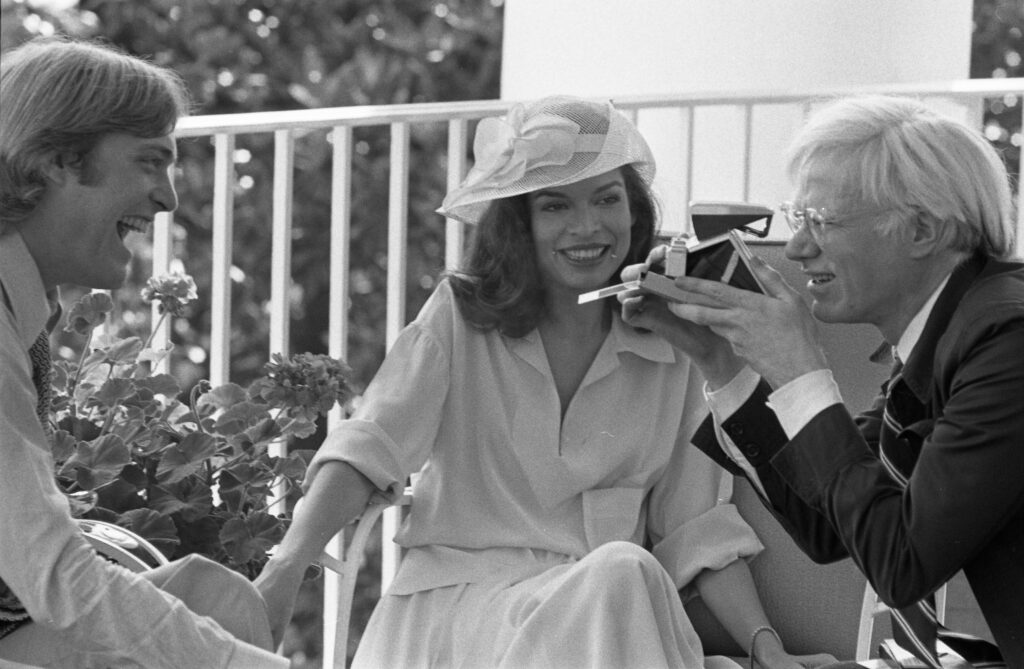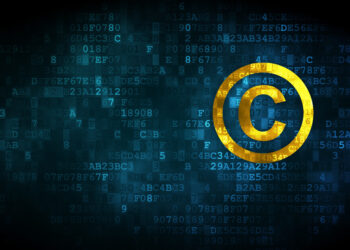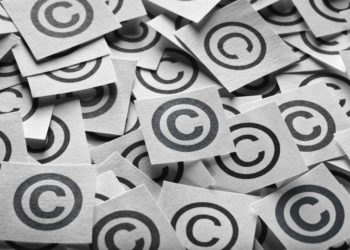“If an original work and a secondary use share the same or highly similar purposes, and the secondary use is of a commercial nature, the first factor is likely to weigh against fair use, absent some other justification for copying.”
The United States Supreme Court recently ruled in the much-watched-by-copyright-nerds infringement case of Andy Warhol Foundation v Goldsmith (hereafter “Warhol v Goldsmith”). To vastly summarize the facts, Andy Warhol licensed permission from photographer Lynn Goldsmith to allow him to adapt photographs she took of performance artist Prince and to allow Warhol to relicense those images in limited circumstances. Andy Warhol Foundation (AWF), as the heir to Andy Warhol’s rights, then subsequently relicensed the Andy Warhol works without consent of, or payment to, Goldsmith. AWF’s mission statement includes the following: [t]he Foundation upholds Warhol’s unprecedented generosity toward his fellow and future artists as an inspiration and example to artists working today.” Apparently that generosity did not extend to Goldsmith, as AWF brought her to court for a declaratory judgement of non-infringement when she wrote a letter to complain. The District Court found fair use because of the “transformative” nature of the Warhol adaptations. The 2d Circuit reversed the finding of fair use, and the Supreme Court affirmed the infringement.

So what does all of this “art stuff” mean to scholarly communications? Likely a lot, as long as everything is read in context. For years, it seemed that “transformative use” was the copyright exception that swallowed the rule, and infringers would use it to justify almost anything. While the truth was always more complicated, especially after the 2d Circuit ruled that a transformative use was still infringing in the TVEyes case, transformativeness was front and center. With the ruling in Warhol v Goldsmith, and because I cannot think of a better way to say it, “the Supreme Court has now stuffed a substantial portion of the [transformative use] blob back in the bucket.” The Court did so by focusing on the specific use — in this case, to illustrate a magazine article about Prince, rather than the “transformativeness” of the underlying work. And to that end, the Court was careful to say they are not opining on whether Warhol’s creation of the silkscreens or other uses of Goldsmith’s images would be infringing. Fair use is always extremely fact dependent.
Given my recent Scholarly Kitchen post on AI-related lawsuits, it should not be surprising that I am considering the implication of Warhol v Goldsmith to those cases. The most obvious impact will be on the image cases brought by artists and Getty images, respectively, against Stability AI. These are cases where the AI developers allegedly (1) used works of artists and photographers without consent and (2) enable the creation of works that compete directly with the infringed works. Leaving aside procedural issues and focusing on the copyright merits, attorneys in these cases are likely making happy noises. It would not take much effort to rewrite this language from the holding in Warhol v Goldsmith for the plaintiffs in question:
A photographer may also license her creative work to serve as a reference for an artist, like Goldsmith did in 1984 when Vanity Fair wanted an image of Prince created by Warhol to illustrate an article about Prince. As noted by the Court of Appeals, Goldsmith introduced “uncontroverted” evidence “that photographers generally license others to create stylized derivatives of their work in the vein of the Prince Series.” …. In fact, Warhol himself paid to license photographs for some of his artistic renditions. Such licenses, for photographs or derivatives of them, are how photographers like Goldsmith make a living. They provide an economic incentive to create original works, which is the goal of copyright.
The application of Warhol v Goldsmith to the Thomson v. Ross case may be more relevant to our sector, if less predictable. In that case, it is alleged that the Westlaw database was copied in order to create a competing product which notably does not itself display the copyrighted content. If the court was in the process of drafting an opinion on summary judgement, it will need to be rewritten regardless of the court’s initial conclusions. The alleged infringement in Thomson v Ross more closely resembles the common uses of scholarly materials in AI. The output isn’t necessarily infringing, but although the rightsholder makes the content available for AI licensing (or wishes to be able to do so in the future), the AI developer ignores licensing and strip-mines the value of the copyrighted work for its commercial purposes without consent.
Here, the court will need to consider licensing of training input under the rubrics set forth in Warhol v Goldsmith, but I believe will ultimately reach the same conclusion as to infringement given the highly commercial and competitive nature of defendant’s use. As the Court noted in Warhol v Goldsmith:
“It will not impoverish our world to require AWF to pay Goldsmith a fraction of the proceeds from its reuse of her copyrighted work. Recall, payments like these are incentives for artists to create original works in the first place. Nor will the Court’s decision, which is consistent with longstanding principles of fair use, snuff out the light of Western civilization, returning us to the Dark Ages of a world without Titian, Shakespeare, or Richard Rodgers.”
Well said.
Discussion
2 Thoughts on "The Supreme Court Case of Andy Warhol Foundation v. Goldsmith: What, if Anything, Does it Mean to Artificial Intelligence?"



